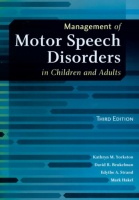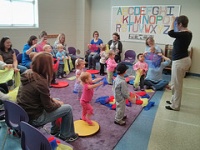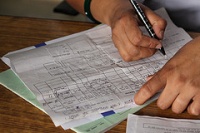
Q: Sometimes parents fight and argue with me when I mention dismissing their child who no longer needs speech services. Where in the ASHA guidelines does it say that it is unethical to provide services for an individual who does not need it? This is in ASHA’s Code of Ethics although it’s phrased funny and therefore somewhat buried… It is letter I under Principle of Ethics 1 – Rules of Ethics. The important part of the guideline here is where it…









